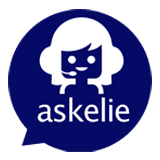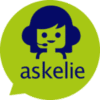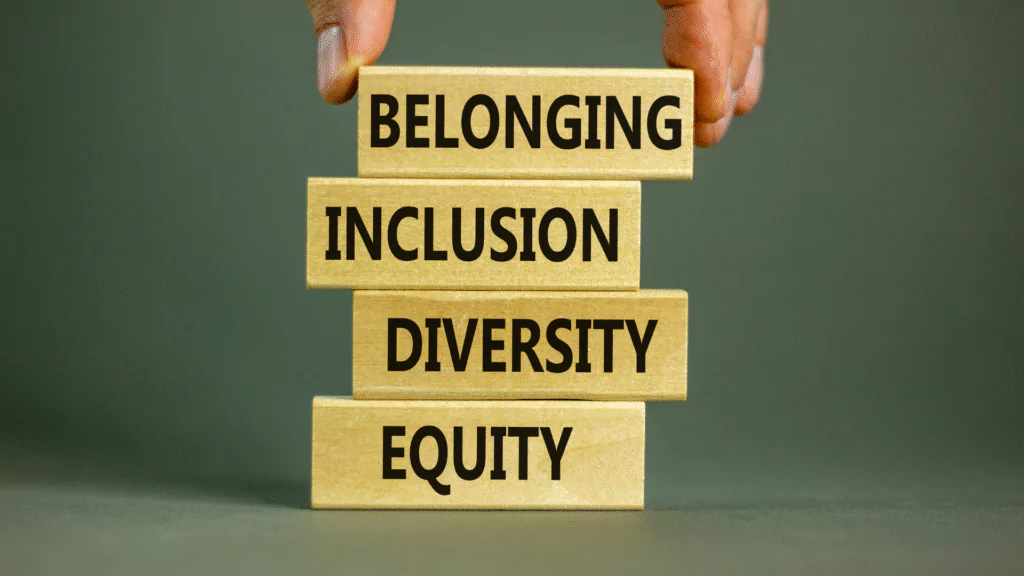In 2010, the UK government passed the Equality Act, a landmark piece of legislation designed to protect individuals from discrimination and ensure equal opportunities for all. Yet, fifteen years on, one group continues to be left behind: people with learning difficulties.
A key reason is that information remains inaccessible. Policies, council letters, housing documents, and even hospital webpages are still written in complex language that many people cannot easily understand. This is where Easy Read accessibility comes in – a tool that is simple, effective, and proven to make a real difference, but which is still too often overlooked.
What Is Easy Read Accessibility?
Easy Read is a communication format that uses short sentences, plain English, and supporting images to make complex information much easier to understand. It is designed for people with learning disabilities, cognitive impairments, or low literacy, but it can help a wide range of people who struggle with standard text-heavy documents.
For example, instead of saying “Please vacate the premises immediately in the event of an emergency”, an Easy Read version would say: “If there is a fire, leave the building straight away” – usually with a simple picture to reinforce the message.
This approach turns inaccessible documents into clear, usable guidance. Easy Read accessibility has been adopted in some areas of healthcare, government, and social services, but coverage remains patchy.
Accessibility Is a Legal Duty, Not a Luxury
The Equality Act makes it clear that organisations – public and private alike – have a duty to make “reasonable adjustments” for disabled people. That includes making information available in formats they can understand. Having documents in the Easy Read format is not optional. It is a legal right.
Yet in practice, many organisations treat Easy Read as an afterthought, or worse, fail to consider it altogether. This has real consequences:
- Missed hospital appointments because letters are too complicated
- Denied access to housing or benefits due to unclear application forms
- Loss of independence when people cannot understand service information
- Poor outcomes in education and employment where communication barriers remain
Ignoring Easy Read accessibility is not just a compliance risk – it undermines equality, dignity, and basic fairness.
Why Easy Read Matters for Equality Act Compliance
If Easy Read is so important, why is it still uncommon? The reality is that accessibility has never truly been prioritised. Too often, organisations rely on small specialist teams to produce Easy Read documents manually, which can be time-consuming and costly. As a result, Easy Read is limited to a handful of policy summaries or select communications rather than being embedded across all public information.
The good news is that this barrier no longer needs to exist. Digital technology now makes it possible to scale Easy Read quickly and affordably, ensuring that everyone has access to the same information.
askVERA: A Smarter Way to Deliver Easy Read
To help close this gap, we built askVERA, our Virtual Easy Read Application. askVERA uses AI to automatically convert webpages and documents into Easy Read formats, instantly transforming complex content into clear, inclusive communication.
With askVERA, organisations can:
- Meet Equality Act compliance – ensuring information is available in accessible formats.
- Convert documents instantly – from council letters to hospital webpages, policies, and forms.
- Add images and symbols – reinforcing meaning and aiding understanding.
- Maintain consistent branding – Easy Read documents carry the organisation’s logo, style, and tone.
- Streamline processes – reducing the time and cost of creating Easy Read by hand.
By using askVERA, local authorities, housing providers, NHS trusts, and other organisations can deliver Easy Read accessibility at scale – no more excuses, no more barriers.
The Human Impact
Imagine receiving a housing notice written in plain, simple language with pictures that show what steps to take. Or a hospital appointment letter that clearly explains when and where to go, without confusing medical jargon. These are not small improvements – they are life-changing differences that mean people can act independently, with confidence and dignity.
This is the real value of Easy Read accessibility. It is not just about compliance, it is about giving people equal access to their rights, services, and opportunities.
A Call to Action on Easy Read
The tools exist. The legislation is clear. The need is undeniable. Easy Read accessibility should no longer be rare or optional. It should be the standard for all organisations that share information with the public.
If you are responsible for public communication, now is the time to act. Start by reviewing your documents and identifying where Easy Read could remove barriers. Then take the next step – use a tool like askVERA to build accessibility into your everyday processes.
Easy Read is not just “nice to have”. It is a matter of dignity, equality, and fairness. Every organisation has the power to make this change, and the benefits are immediate.
Final Word
The Equality Act laid the foundation.
Easy Read accessibility is the path.
askVERA is the tool.
Now, it is up to all of us to ensure accessibility is real, consistent, and inclusive – so that no one is left behind.



Comments are closed